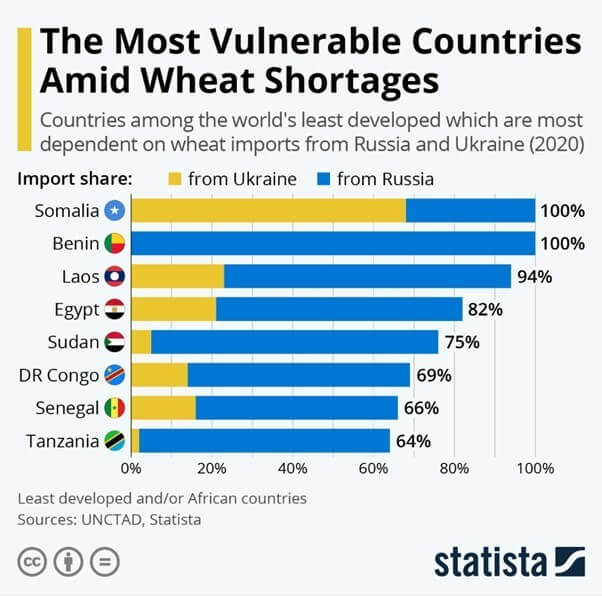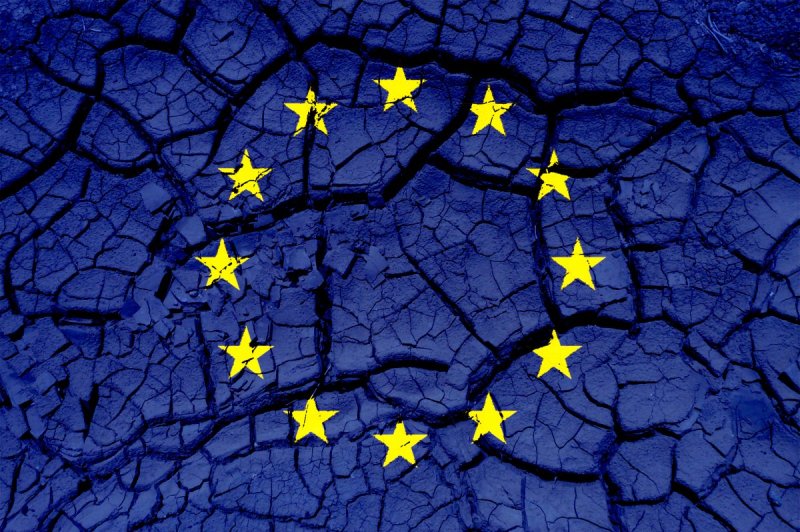Drought is a silent phenomenon, which arrives without warning and which, normally, we realize when it has been with us for weeks or months.
The scientific community has preferably dealt with studying drought in regions or countries (Sahel , Horn of Africa, South Africa, Australia…) where the problem is pressing and the consequences are dramatic in most cases. This is understandable, but it means that the focus is not so focused on other geographical areas.
In a paper recently published in the Global and Planetary Change journal, we have analyzed the evolution of soil moisture in Europe over the last thirty years. And we have come to a clear conclusion: the soil has less and less water.
Agricultural drought
Drought can be defined as a prolonged period of scarcity of water resources capable of causing adverse effects on society, production systems and ecosystems.
There are different typologies of drought according to the reference hydrological process and the natural or socioeconomic environment that it most directly affects. The types that are usually considered are the following:
- Meteorological drought: refers to a prolonged period in which there is less than normal precipitation.
- Hydrological drought: it is identified by a period in which water resources, whether surface or underground, are below normal.
- Agricultural drought: occurs when the availability of water in the soil for plants is reduced to such a level that it negatively affects crop yields and, therefore, agricultural production.
Ecological or socioeconomic drought is also discussed in some contexts.
Agricultural drought is usually the one that has the greatest social impact, since it affects a sector that is as sensitive and exposed as it is relevant from the socioeconomic point of view. The agricultural drought not only affects the income of farmers, the first victims, but also puts in check the food security of the regions with which it is fattened. As a consequence, it exacerbates social and economic inequalities, acts as a catalyst for social conflicts, activates migratory flows and intensifies health crises.
Evolution of agricultural drought in Europe
Our study has shown that, in those European territories in which there has been a significant variation in soil water content in the last three decades, in more than 80% of cases the trend has been negative. That is, the soil has less and less water.
As a consequence, agricultural drought shows a clear positive trend, that is, it is increasing over the years. In addition, we have observed that its intensity is increasing and that the duration of the episodes has been increasing. In short, the frequency of agricultural drought is increasing, it is more intense and it lasts longer.

In a previous study, referring exclusively to the Iberian Peninsula, we reached similar conclusions. In this case, we detected that the results were especially significant and allowed us to observe a clear increase in agricultural drought for the period from May to October. This interval coincides with the complete cycle or, in some cases, critical, of the main crops of a Mediterranean country like Spain.
A worrying scenario
The results of these studies paint a worrying scenario for agriculture on the European continent. Not only rainfed agriculture, which depends exclusively on rainwater that is finally stored in the soil, is going to be negatively affected. Also irrigation, because the evolution of environmental conditions is causing the water needs of crops to increase.
In addition, and as a consequence of the trend that we have analyzed in our study, regions or countries where until recently irrigation was non-existent, token or punctual, are increasing irrigation, in some cases or, in others, are beginning to implement it. Its usual bioclimatic conditions made it unnecessary or circumstantial, but now the situation is different.

The European Union recognizes that “although irrigation needs are greater in the Mediterranean region, the countries of northern and eastern Europe have had to take emergency measures due to long periods of drought in recent years, and agricultural funds have provided a safety net in several EU Member States during recent droughts. Even in regions with a humid climate, supplemental irrigation serves as a tool to address risks and limitations in the availability of water resources.”

The eventuality of irrigating more or irrigating where it was not irrigated before supposes the need to withdraw additional water resources from the natural environment, whether surface or underground . This may mean an increase in water stress due to the foreseeable impact that it may have, in a climate change scenario that is already stressed. The situation of river and aquifer systems is worrying due to the effects of global warming, and this adds an added pressure factor.
Agricultural drought and food security
The trend that we have observed in agricultural drought in Europe represents an additional element of uncertainty in the current agri-food context. The crisis resulting from the invasion of Ukraine ( “the granary of Europe” ) has revealed the fragility of European and global production and supply systems, and the precariousness of food security in regions, such as the European continent, where It has been seen as someone else’s problem. The gradual increase in the risk of agricultural drought makes this fragility increase even more.

With this scenario, the need to adopt effective measures to adapt to climate change in the field of agriculture gains even more force. In this context, two axes stand out in particular. On the one hand, deepening in the efficient management of water in agriculture based on the use of new technologies, especially in irrigation and soil and crop monitoring. On the other, agricultural biotechnology, researching and innovating so that cultivated plants adapt efficiently to increasingly stressful conditions , maintaining or, if possible, increasing their productivity.
Jose Martinez Fernandez is Professor of Physical Geography at the University of Salamanca. Check out Jose’s research here
Laura Almond Martin is Predoctoral researcher in Applied Physics and Technology, University of Salamanca. Check out Laura’s research here
A version of this article was originally posted at Conversation and is used here with permission. Check out Conversation on Twitter @ConversationUS































